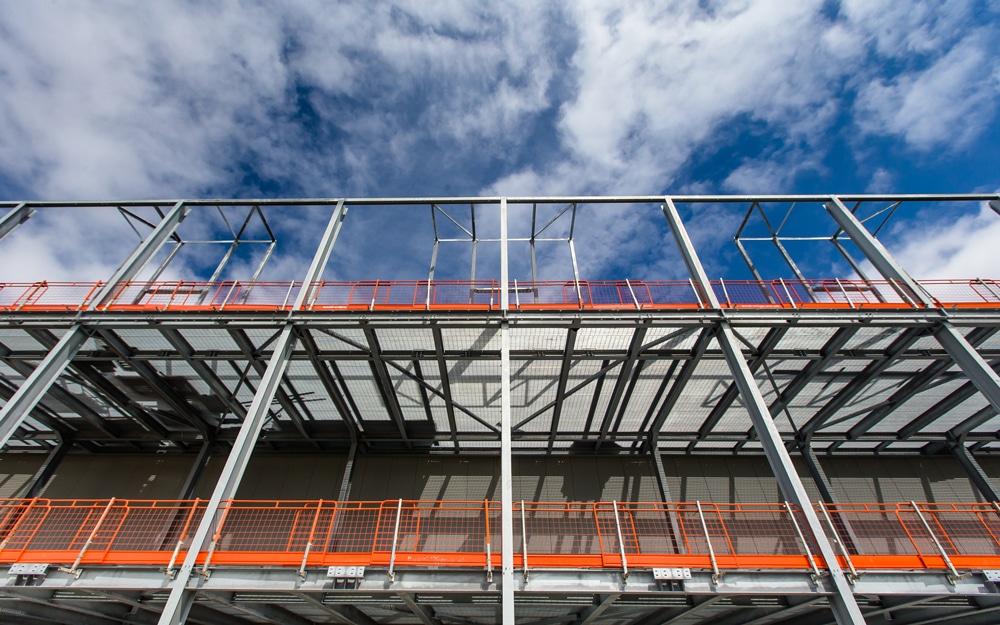Innovations in data centre design, energy-efficiency and sustainability are being showcased at Data Centre World 2018 by engineering services led principal contractor, JCA, which has just delivered one of the UK’s most advanced data centres for its client, Kao Data.
Offering industry-leading flexible configuration and environmental performance credentials, JCA’s design and construction of Kao Data London One followed the innovative principles of the Open Compute Project, one of the first carrier neutral wholesale data centres to do so.
Officially opened last month, Kao Data London One is the first of four planned data centres that will comprise the Kao Data Centre Campus on the 36-acre Kao Park development, located in Harlow on the London-Stansted-Cambridge technology corridor.
Each building in the £200 million campus will be split into four halls, totalling around 150,000 square feet of net technical space. In addition, each technology suite will be capable of supporting a 2200KW IT load, representing a total technical load of 8.8MW per data centre. Rack densities up to 20kW and beyond can be accommodated within the data hall, which is designed around the principle of hot aisle / rack exhaust air stream segregation with flooded style supply air distribution.
Kao Data London One offers the latest incarnation of Indirect Evaporative Cooling systems. These are so efficient that there is no requirement for any form of mechanical cooling, which assists towards total facility PUE of 1.20 even at part load.
JCA designed Kao Data London One to deliver market leading efficiency from the innovative use of technical infrastructure and building engineering expertise, to provide Kao Data with a campus that has the highest standard of data resilience, operational sustainability and connectivity for national and international customers, as well as environmental performance. As a result, Kao Data London One achieved BREEAM Excellent Design Certification.
Tom Absalom, Managing Director, JCA, said:
“We are delighted with Kao Data London One, which JCA delivered to Kao Data on time and within budget at the end of 2017. This industry leading data centre is a showcase for our full design and construction capability, as well as demonstrating our innovative and collaborative approach to critical infrastructure projects, working closely with both client and supply chain partners to achieve the highest levels of operational and sustainable delivery.”
Paul Finch, Chief Operating Officer at Kao Data, commented:
“I’m delighted that the first phase of the Kao Data Campus has been brought to market according to schedule with all objectives met and importantly, on budget. From the outset of the project we went back to basics with an acute focus on reliability and availability. We have shown these attributes can be complementary to lower capital and operations expenditure, energy-efficiency and sustainability.
“From a procurement perspective, Kao adopted a collaborative and shared risk approach to delivery, which in light of recent high-profile failures in the construction sector, has strongly positioned both us and our partners well for the future phases of the development. This is due in no small part to the experience of the management team and the decision to partner with an engineering-led main contractor, JCA Engineering and key equipment suppliers.”
The Kao Data Campus is powered by a specifically installed UK Power Networks 33kV/11kV 43.5MVA substation within the campus security demise. The 33kV utility power supplies are diverse with N+1 33/11kV transformers in the UKPN adopted substation located within the security demise of the campus. The objective of the concurrently maintainable design is to offer 100% availability with N+1 11kV power generation specific to each data centre and each generator comes complete with 48hour fuel storage.



